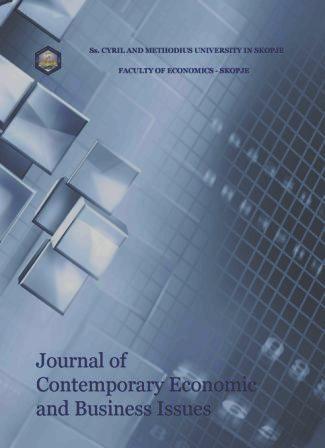FACTORS DRIVING THE PUBLIC DEBT DYNAMICS: THE CASE OF REPUBLIC OF MACEDONIA
Keywords:
Public debt dynamics, Fiscal sustainability, Primary deficit, Debt-to-GDP ratio, Snowball effectAbstract
The global financial and economic crisis has placed a significant strain on public finances in many economies. Since sound public finances are crucial for price and financial stability and for economic growth, concerns about rising debt commitments have led to a renewed interest in the analysis of debt sustainability in the last decade. This paper discusses the concept of fiscal sustainability and investigates the factors driving the public debt dynamics in the Republic of Macedonia over the period 2004-2021. Although the level of indebtedness is still moderate (below 50% of GDP), the public debt dynamics from 2008 is worrying (public debt has doubled in only 7 years). The starting point for assessing debt sustainability is the government budget constraint equation. This equation explains the evolution and accumulation of government debt by three main factors: the primary balance, the “snowball” effect, and the deficit-debt adjustment. The conventional debt sustainability analysis showed that the general government debt ratio over the period 2004-2017 increased moderately as a result of a significant increase in the primary deficit (by 16 p.p.), that was almost completely offset by the positive “snowball” effect. In addition, we found that in the pre-crisis period (2004-2008), the general government debt ratio declined significantly, mainly as a result of a positive “snowball” effect but also because of the primary surplus. Contrary to pre-crisis developments, the general government debt ratio increased significantly (by 19 p.p.) in the post-crisis period (2009-2017), due to the significant primary deficit increase, while the positive “snowball” effect was moderate.
Downloads
Published
Issue
Section
License
Authors retain copyright of the published papers and grant to the publisher the non-exclusive right to publish the article, to be cited as its original publisher in case of reuse, and to distribute it in all forms and media.
Authors are permitted to deposit publisher's version (PDF) of their work in any repository, personal and institutional websites, but full bibliographic information (authors, titles, volume, issue etc.) about the original publication must be provided.

